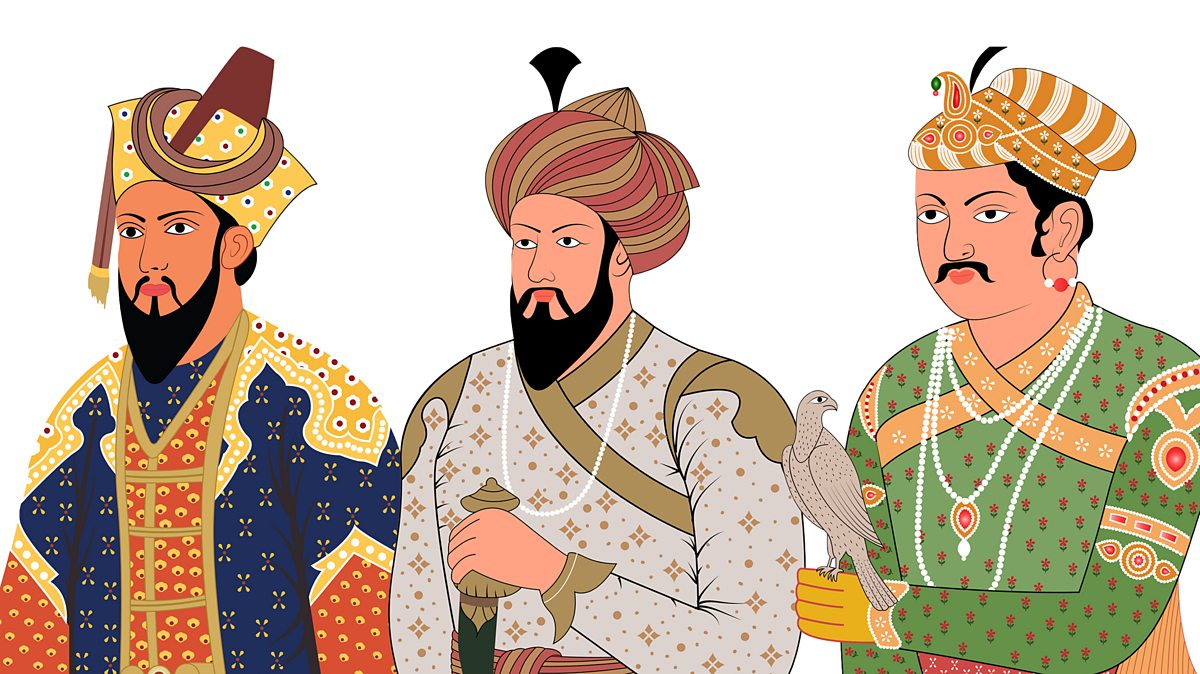Font size:
Print
Thazhakara Panchayat’s second volume of People’s Biodiversity Register
Context:
Thazhakara Panchayat (Kerala) has published the second volume of the People’s Biodiversity Register (PBR).
More on News:
- Three other gram panchayats – Maruthonkara, Kadalundi, and Sreenarayanapuram have also submitted updated PBRs to Kerala State Biodiversity Board (KSBB)
- The PBR plays a crucial role in conservation, sustainable resource utilisation, and protection of traditional knowledge.
|
Kerala’s PBR Efforts:
|
Key Biodiversity Findings:
- The Indian black turtle (Indian pond terrapin) was once common in Thazhakara but its numbers have declined due to poaching for meat .
- Populations of Indian garden lizards, barn owls, Indian flying foxes, and plants like henna and palash have also decreased .
- Meanwhile, rock pigeons, rufous treepies, and other species have increased in number.
- Thazhakara has 38 sacred groves, 10 paddy polders, and 35 ponds.
People’s Biodiversity Register (PBR)
- Mandate: Section 41 of the Biological Diversity Act (2002) mandates the development of PBRs at local level.
- Purpose: Contain information on locally available bio-resources, including the landscape and demography of a particular area or village. Bio-resources: Encompass plants, animals, microorganisms, or their genetic material and by-products (excluding value-added products) with actual or potential use or value, excluding human genetic material.
- Focus: Conservation, sustainable use, Access and Benefit Sharing (ABS), and safeguarding traditional knowledge. It prioritises the conservation of threatened species and enhances biodiversity protection efforts at the grassroots level.
- Management and Validation: PBRs are maintained and validated by Biodiversity Management Committees (BMCs).
- Integrating PBRs with BMC management plans and linking them to local body planning processes involving income-generating groups helps secure livelihoods and mainstream biodiversity issues effectively.
|

 Indian Flying Fox
Indian Flying Fox 

